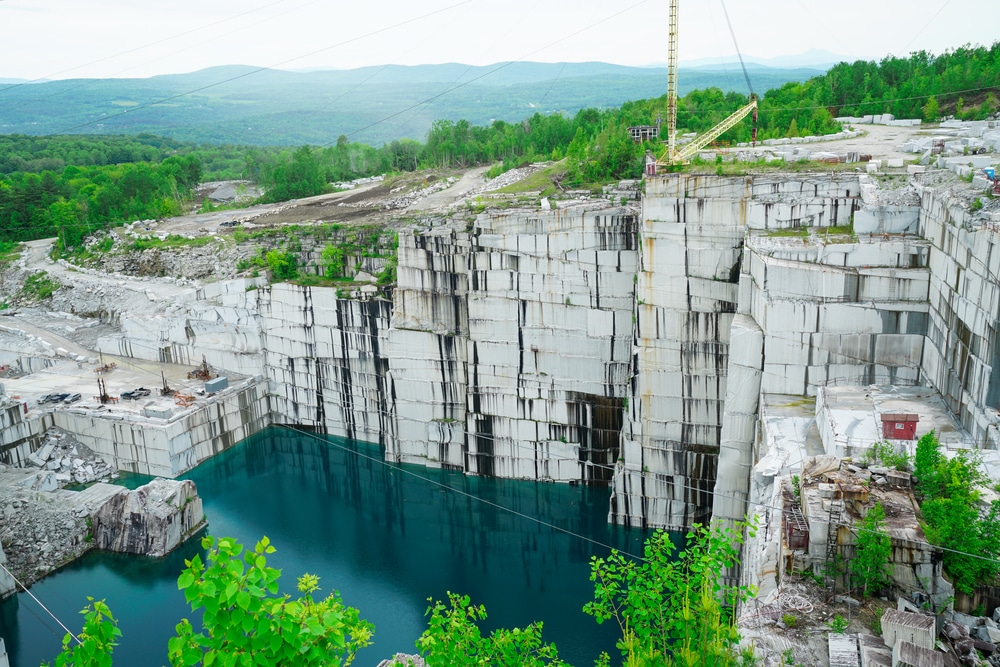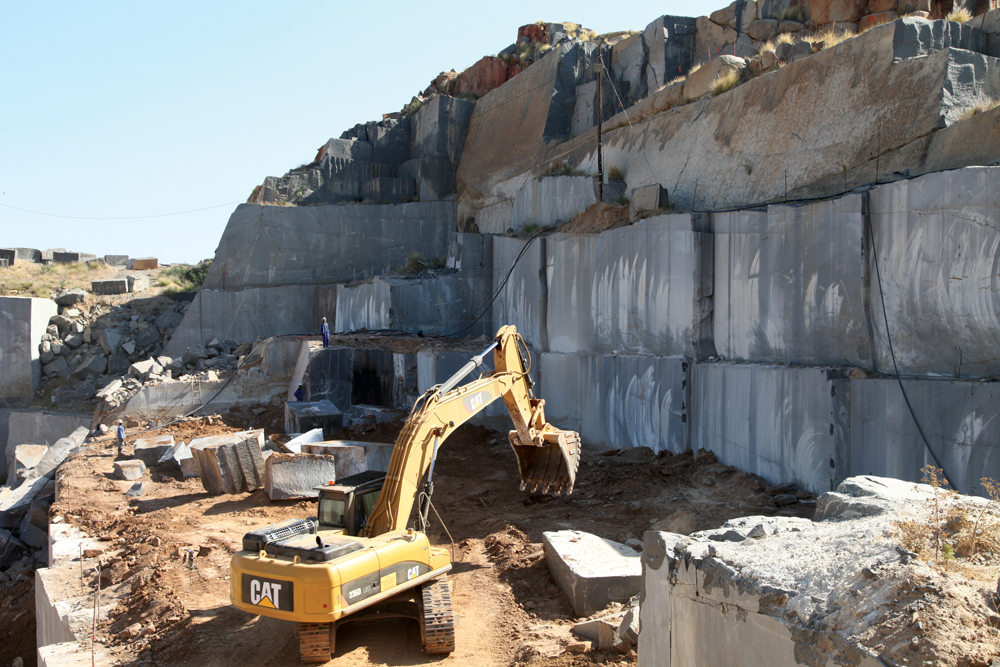A Trip Through Granite Quarries in South Africa: Introduction Nature's Artistry
A Trip Through Granite Quarries in South Africa: Introduction Nature's Artistry
Blog Article
Uncovering the Rich History and Lasting Practices of Granite Quarrying
As we base on the precipice of revealing the elaborate tapestry of granite quarrying, a trip through time discloses not just the physical act of drawing out stone yet also the social and historic relevance woven into the very textile of this technique. From the ancient beginnings that laid the foundation for modern quarrying methods to the lasting methods that are forming the future of this industry, each sculpt mark on granite surfaces informs a story waiting to be discovered (granite quarries in south africa). The heritage of granite quarrying extends much beyond plain extraction; it is a testimony to human ingenuity, resilience, and the long-lasting allure of this impressive rock
Old Origins of Granite Quarrying
Dating back to ancient human beings, the method of quarrying granite has been an integral component of human background and building innovation. The earliest proof of granite quarrying go back to old Egypt, where substantial pyramids and intricate sculptures were crafted from this durable stone. The Egyptians utilized primitive tools to extract granite blocks from quarries, showcasing the significance of this product in their significant building and constructions.
Relocating forward in background, the Greeks additionally made substantial payments to the quarrying of granite. The Greeks made use of granite in various building wonders, such as holy places and sculptures, showing their skill in shaping and carving this hardy stone. The Romans additionally refined the techniques of quarrying granite, employing advanced devices like knives and hammers to essence and form granite for their famous structures.
With the centuries, the practice of quarrying granite has evolved, with modern innovations boosting performance while preserving the ageless appeal of this all-natural rock - granite quarries in south africa. From old civilizations to contemporary home builders, the legacy of granite quarrying remains to shape our world
Evolution of Quarrying Techniques
The evolution of quarrying techniques has actually been marked by a continuous progression in the direction of greater efficiency and precision in removing granite. Early quarrying strategies involved manual labor with basic devices such as chisels, hammers, and wedges to draw out granite blocks from the earth.
In more recent times, the introduction of machinery transformed the quarrying industry, enabling quicker extraction prices and increased efficiency. Technologies such as diamond cable saws, high-pressure water jets, and pneumatic drills have become basic in modern-day quarries, enabling precise cutting and lowered waste. In addition, improvements in computer-controlled tools and 3D modeling have maximized quarrying procedures, causing minimal ecological influence and improved sustainability practices. As the demand for granite remains to rise, the advancement of quarrying strategies continues to be indispensable to meeting industry needs efficiently and sustainably.
Cultural Relevance of Granite
Granite holds a profound social significance throughout numerous worlds as a result of its enduring presence in architectural masterpieces and respected monuments. From the marvelous pyramids of Egypt to the complex makings of the Angkor Wat temple in Cambodia, granite has actually been a material of option for expressing majesty and long life in cultural heritage. In old Rome, granite columns embellished temples and public structures, representing strength and durability. The cultural significance of granite expands beyond its physical attributes; it personifies durability, stability, and eternity, making it a sign of sustaining legacies and practices.

Sustainable Practices in Quarrying
Among the rich history of granite quarrying and its cultural value exists a growing focus on sustainable practices within the sector. As environmental recognition and worries about source exhaustion have increased internationally, the quarrying market has actually increasingly accepted lasting methods to reduce its influence on the environment and bordering neighborhoods.

Additionally, reclamation and rehab of quarry sites post-extraction are integral to sustainable techniques. By recovering quarried areas to a natural or useful state, such as creating wild animals habitats or entertainment spaces, quarriers can offset the environmental footprint of their procedures and content add favorably to the local environment.
Legacy of Granite Quarrying
With a historical backdrop steeped in craftsmanship and industrial progress, what sustaining effect has granite quarrying left on the landscape of contemporary society? The legacy of granite quarrying transcends plain extraction practices; it has actually shaped architectural wonders, city landscapes, and cultural heritage worldwide. The long lasting nature of granite has actually made it a favored choice for monoliths, buildings, and infrastructure, standing as a testimony to the skill and artistry of quarry employees across generations.
In addition, the financial footprint of granite quarrying can not be forgotten. The market proceeds to give job opportunity and drive regional economies in areas where granite extraction prevails. It has likewise spurred technical click here for more info improvements in quarrying strategies and devices, bring about extra reliable and lasting practices.
In regards to sustainability, the heritage of granite quarrying includes efforts to minimize ecological impacts through reclamation jobs and liable resource monitoring. By balancing financial rate of interests with ecological stewardship, the sector makes every effort to ensure that future generations can proceed to profit from this long-lasting natural deposit.
Conclusion

Report this page